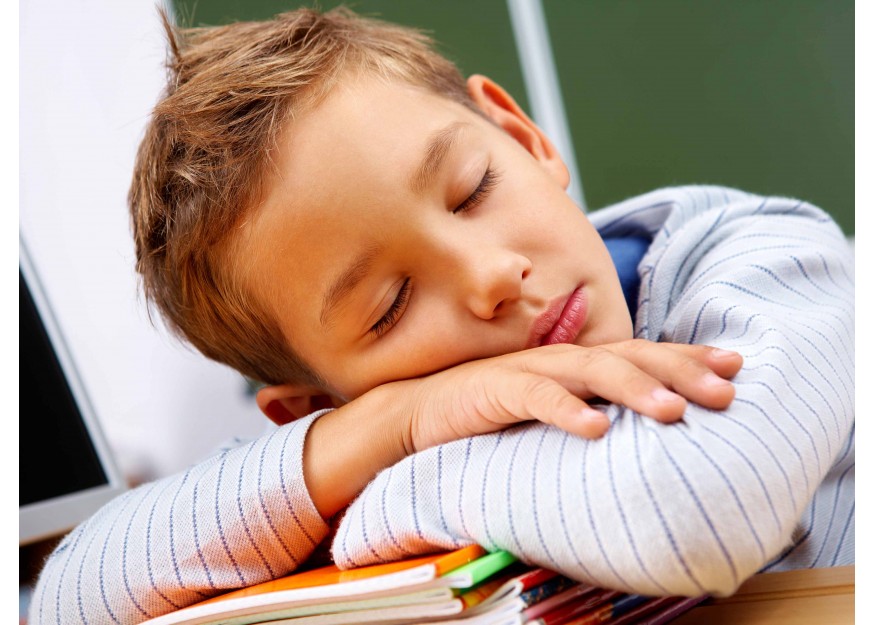Children’s Sleep
Our sleep has aspects that parents and teachers should know. For example, you should fall asleep in an emotionally calm state (the level of endorphins is high).
<
Tõnu Ots gives teachers and parents some explanations concerning children’s sleep in Õpetajate Leht.
The mood in which a child falls asleep affects the content of their dreams and, allegedly, also their character and behavior. If a child falls asleep scared, phobias deepen; angry, aggressiveness deepens; crying, then melancholy and inferiority deepen. The brain doesn’t rest while sleeping and the most recent “programming files” stored on that “hard drive” are the mental states before falling asleep that shape the emotional background of the information that’s saved.
Falling asleep
There are cultures in which only those women can become mothers who can sing lullabies. It basically means calming the child before sleep. Children need to have the chance to think about the day with someone – what good they did, who was good to them, and who they needed to thank. It’s incredibly efficient to look at what needs to be done the next day and what they want to do together with your child. That’s an autosuggestive activity and avoids being lost and in panic in the morning.
The times of falling asleep are important, but only for forming a habit. It’s not confirmed that the sleeping types of “night owls” and “pigs” would have different working abilities. There’s also no complete theoretic affirmation that long sleep is more beneficial for the brain. But it’s clear that the length of deep sleep phases while asleep is important. Then the brain processes and systemizes the information gathered onto its “desktop” and wants to do it without interruption. That’s the act of storing it into permanent memory.
Deep sleep could be disturbed and interrupted by noise and sounds, lack of oxygen or fresh air, warm and cold, and bed conditions that have changed. These intermediate wakeups exhaust the brain more even when you sleep long.
Waking up
The English have a saying that you should extend your day at the expense of your morning. Our and our children’s mornings start with hurrying, chronic lack of time, fear of being late, bad mood, and panic. The first mood in the morning lays the foundation for the whole day. A bad mood turns into feeling bad, which again turns into stress, and if you’re not able to handle that, then it turns into depression. A bad mood is often related to how we wake up.
Being woken up from deep sleep by force, suddenly, or at an unusual time initiates a “psychological caisson disease”. Deep sleep is like a temporary lethargy for the organism. Coming out of it requires getting used to being awake, like a diver needs to be slowly raised from the water. A suddenly blaring alarm, shaking, or mom and dad shouting in panic during deep sleep cause a bad mood. It helps to wake your child up little by little – a distant music that gradually gets louder and the sounds of daily activities.
Jokes activate the feeling good hormone, just like compliments and encouragement. Poking fun at children and jokes are a way of cheering them up. A good mood can also be “bought” from the body; with a piece of dark chocolate or a sweet breakfast we can actually coax the body into a good mood.
Daily naps
Starting a lesson by standing for ten minutes is not a disciplinary request or an obeisance to the teacher but a necessary time frame to calm emotions between the noisy recesses and serious mood of classes. Even drifting off for a moment or sleeping with your “eyes wide open” is something similar. We live in a time of sensory overload, and when our brain feels overloaded by information, it also needs a shorter or longer turn-off time, which could be the same sleep-like state.
Dozing off on the side of the road for a few minutes is enough for those taking long drives to restore their reduced attention. But such temporary and uncontrolled short nap moments are not just for driving; it also happens to kids and in schools, but we might not notice it or consider it as attention disorder or carelessness.
In Sweden, teachers let children with Autistic traits put their heads on their hands while sitting behind their desks and pretend to be sleeping. I did the same with my elementary school kids, and their attention and ability to work improved. I’ve also noticed this with students between two lectures. Those who were listening to the lecturer with full focus and attention do that.
Sleep is a complicated phenomenon full of hypotheses and esotericism. We could also talk about sleep-learning (hypnopedia), sleepwalking (somnambulism), sleep talking, and even fortune-telling with sleep. But these don’t concern students directly.
Read the original article from here




